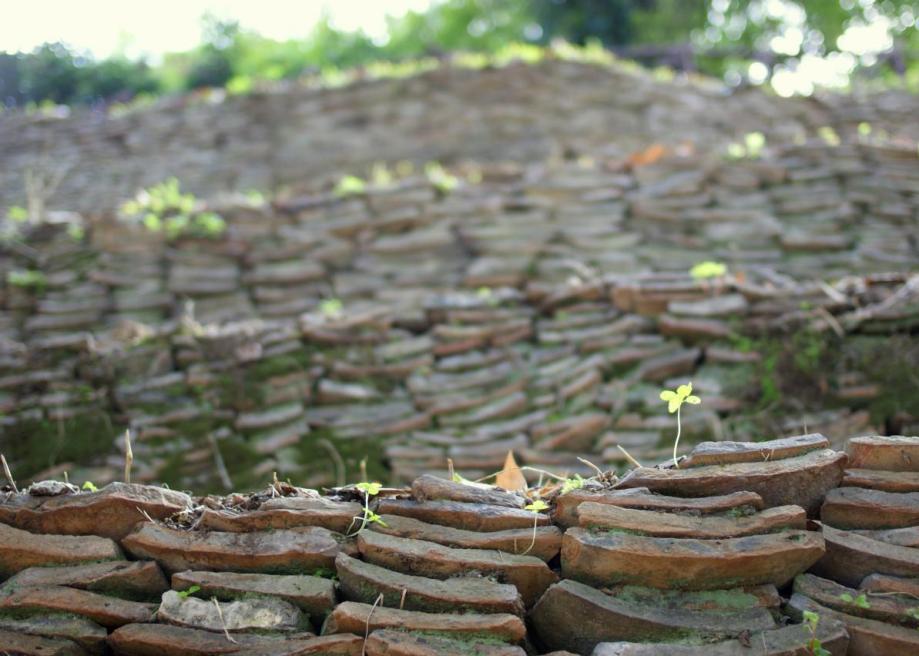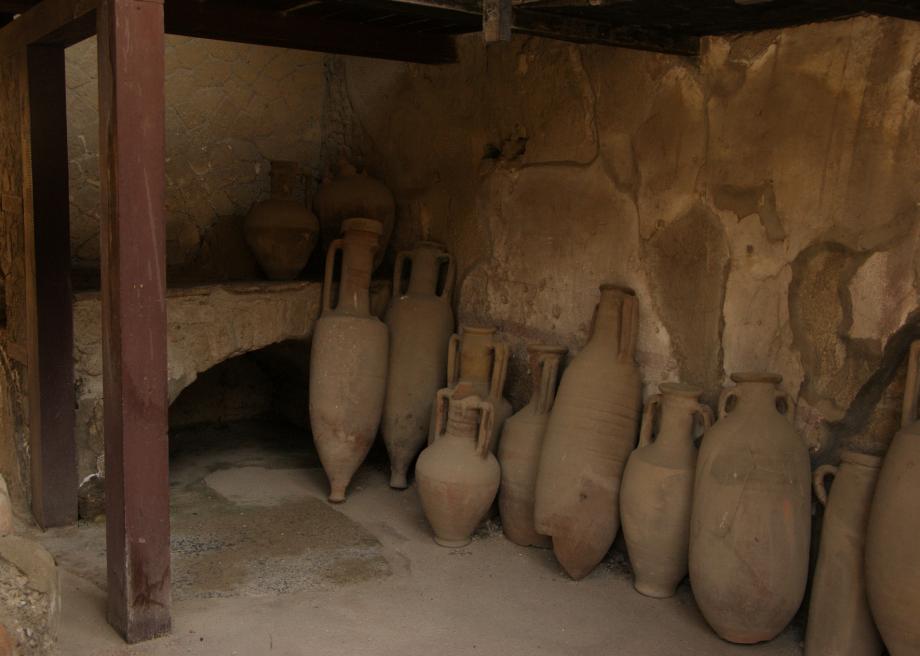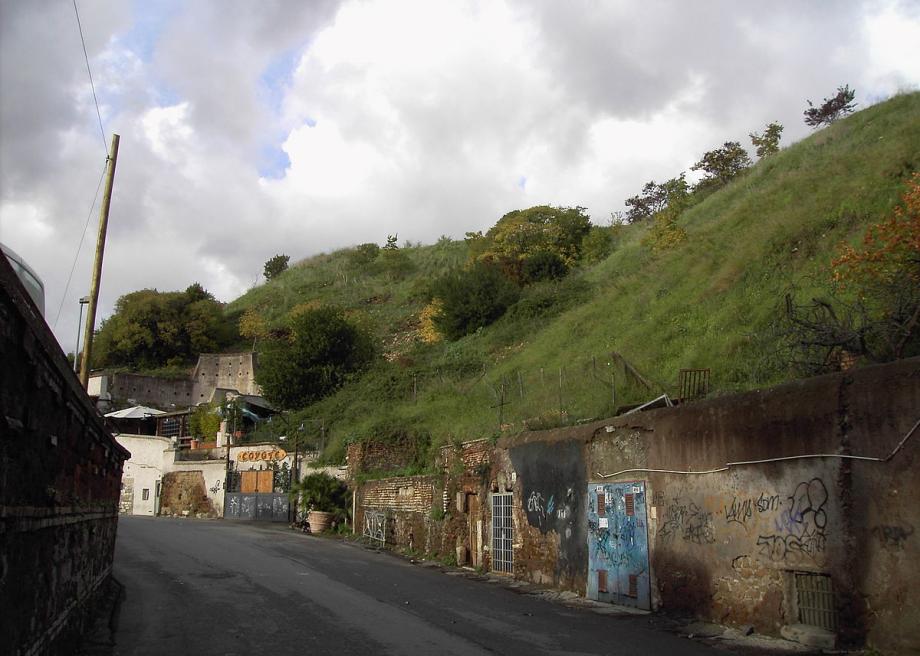This Humble-Looking Hill Is Made of Precious Remnants From the Roman Empire
Atlas Obscura on Slate is a blog about the world’s hidden wonders. Like us on Facebook and Tumblr, or follow us on Twitter.
It’s been the site of jousting knights and frolicking revelers in carnival celebrations. Garibaldi defended Rome from the top of it, while wine cooled in caves under it. It has stood in for Golgotha in passion plays, and hosted picnicking lovers for generations. But this hill is not one of Rome’s famous seven sisters. It is, instead, an ancient garbage heap.
For more than 250 years, the ancient Romans methodically piled up broken terracotta amphorae, or oil jars, creating Monte Testaccio.
Also known as Monte dei Cocci (literally meaning Mount of Shards), the mountain of jars is located right next to the ancient Tiber River port, and the Horrea Galbae warehouses, which would have been used to store imported goods like olive oil.

The Romans obviously had an enormous appetite for olive oil, far outstripping local resources. As a result, oil was imported from all across the far-flung empire, and markings known as “tituli picti” on the jars show that they originated primarily from Spain, Libya, and Tunisia. As many as 80 million pots make up the hill, which now stands 115 feet high, with an additional 45 feet under the modern street level. The tituli picti have given archaeologists rare insight into trade in ancient Rome, as the markings not only show the port of origin, but also indicate the origin of the oil contained, along with quality control marks and occasionally the name of the maker of the jars.
Excavations in the 1990s showed that the hill was created carefully and intentionally, not merely as a dump. The height was built up in a series of terraces, with jars carefully cut in half in order to nest into one another. Most of the jars examined date from 140 to 250 AD, but it is possible that the earliest layers date back much earlier, possibly to the first century. As it is, it is one of the largest and best-preserved ancient dump sites.
In 1931 the area became a public park, and thanks to the efforts of architect Raffaele De Vico, Monte Testaccio was, for a short time, a beautiful green area with meadows and hedges, containing a fountain surrounded by a semicircular bench at the top of the hill. However, low budgets and technical difficulties in maintenance soon left this place abandoned again.
Today it could be just another grassy knoll, until you look more closely.

More incredible places around the world:

